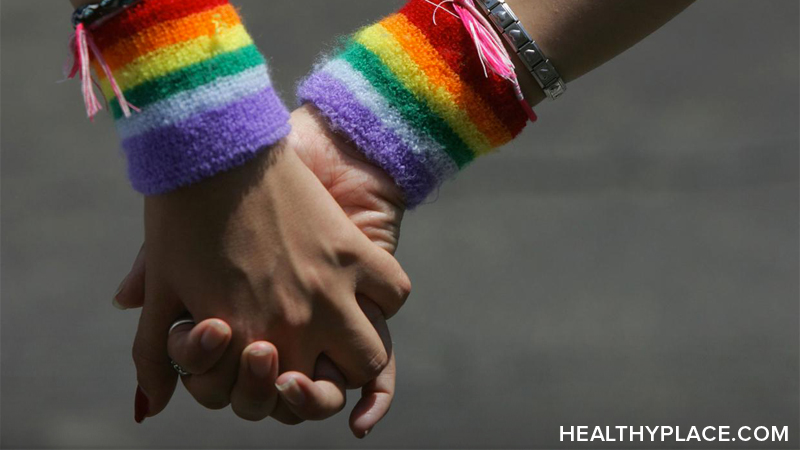Homosexuality and Suicide: LGBTQIA+ Suicide Is a Serious Issue

No one wants to think about suicide and homosexual suicide is no exception. However, it's important to talk about LGBTQIA+ suicides in order to understand the facts and stem their tide. No person should ever feel the need to take their life because of their sexuality and it is important to let people know there is help for gays with depression.
Gay Suicide Rates
The reason talking about homosexual suicide is so critical is because of the gay suicide rates and suicide attempt rates. The gay suicide statistics about youth and transgender people are particularly shocking:1,2 ,
- Studies have found that LGBTQIA+ youth attempt suicide more than 3 times more frequently than their heterosexual counterparts
- A Canadian study estimated that the risk of suicide among LGBTQIA+ youth is 14 times higher than for heterosexual youth
- Among youth who attempted suicide, almost twice as many LGBTQIA+ youth said they really hoped to die
- Of transgender people, between 30-45% report having attempted suicide
- GBT men have a higher risk of suicide than women although women attempt suicide more frequently
LGBTQIA+ Suicide Risk Factors
Of course, not every LGBTQIA+ person attempts suicide – most don't – but those that do often do so because of the stress of anti-gay stigma, discrimination and harassment. This type of stress is known as "minority stress" as it is exerted on minority populations. In the LGBTQIA+ population, more than 75% of people in a community setting reported suffering verbal harassment while one-in-seven reported physical attacks. Internalized homophobia also contributes to LGBTQIA+ suicide risk.
Family support may also be a key LGBTQIA+ suicide risk factor. LGBTQIA+ youth who experienced severe family rejection were more than 8 times more likely to report having attempted suicide compared with peers from families with little or no rejection.
LGBTQIA+ suicide risk factors also include previous suicide attempts, existing psychiatric conditions and other risk factors that can be present for anyone.
Fighting Back Against LGBTQIA+ Suicide
There are known protective factors against LGBTQIA+ suicide, however. As mentioned above, family support is one; other protective factors against LGBTQIA+ suicide include:
- Family connectedness
- Reduced stress
- Caring adults
- Supportive workplaces and neighborhoods
- School safety and positivity
- Equal rights under the law
It's also important to note that how homosexual suicide is talked about can also influence LGBTQIA+ suicide risk. If suicide is reported on irresponsibly, inaccurately or sensationally, the risk of suicide contagion (an increase in suicide deaths) increases.
Critical to remember is that the more openly people talk about suicide and homosexual suicide and the less stigma people feel around the issues, the more people can successfully fight back against LGBTQIA+ suicide.
APA Reference
Tracy, N.
(2013, April 12). Homosexuality and Suicide: LGBTQIA+ Suicide Is a Serious Issue, HealthyPlace. Retrieved
on 2025, November 28 from https://www.healthyplace.com/gender/glbt-mental-health/homosexuality-and-suicide-lgbt-suicide-a-serious-issue



